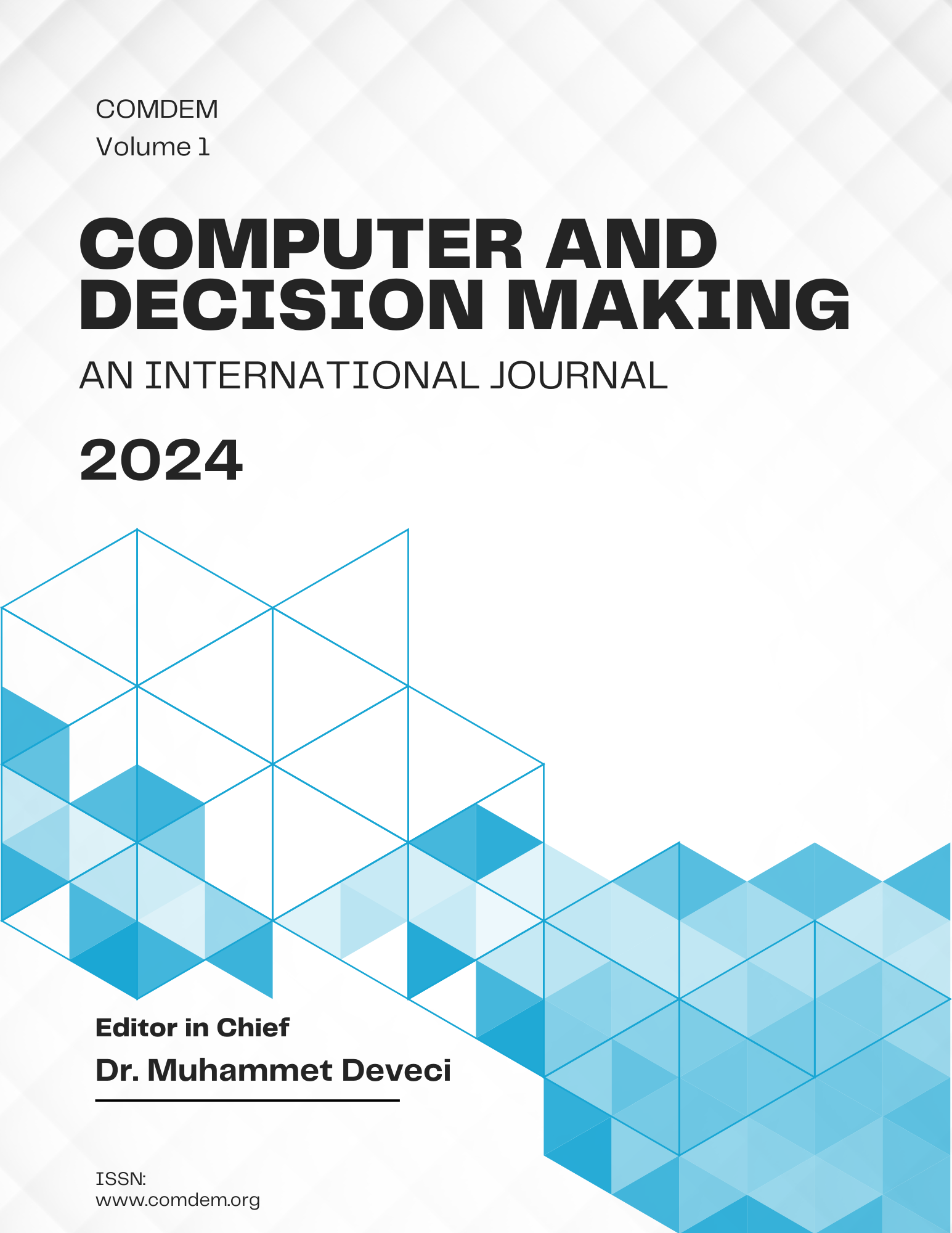Evaluating the Barriers to the Transition to Net-Zero Emissions in Developing Countries: A Multi-Criteria Decision-Making Approach
DOI:
https://doi.org/10.59543/comdem.v1i.10067Keywords:
Net-zero emissions, FullEX, Multi-criteria decision making, Developing countriesAbstract
Many countries have engaged in net-zero emissions achievement by 2050 in line with United Nations Sustainable Development Goals (SDGs) and The Paris Agreement, aiming to foster sustainable social and economic practices while reducing emissions. Some countries have devised sector-specific plans to achieve net-zero emissions, aiming to balance energy consumption and production with current energy sources to meet SDGs. However, these plans will encounter challenges, particularly in reducing reliance on non-renewable fuels and reducing existing emissions. This study, employing the FullEX approach, identifies and analyses five barriers to the transition to net-zero emissions in Africa. The findings revealed financial constraints and ineffective policy and regulatory frameworks as the most critical barriers to address. Sensitivity analysis was applied to show the robustness of our approach.
Downloads
Published
How to Cite
Issue
Section
License
Copyright (c) 2024 Tafuteni Nicholaus Chusi, Mouhamed Bayane Bouraima, Su Qiao, Ibrahim Badi, Elizabeth Abosede Oloketuyi , Yanjun Qiu

This work is licensed under a Creative Commons Attribution 4.0 International License.
COMDEM is published Open Access under a Creative Commons CC-BY 4.0 license. Authors retain full copyright, with the first publication right granted to the journal.












